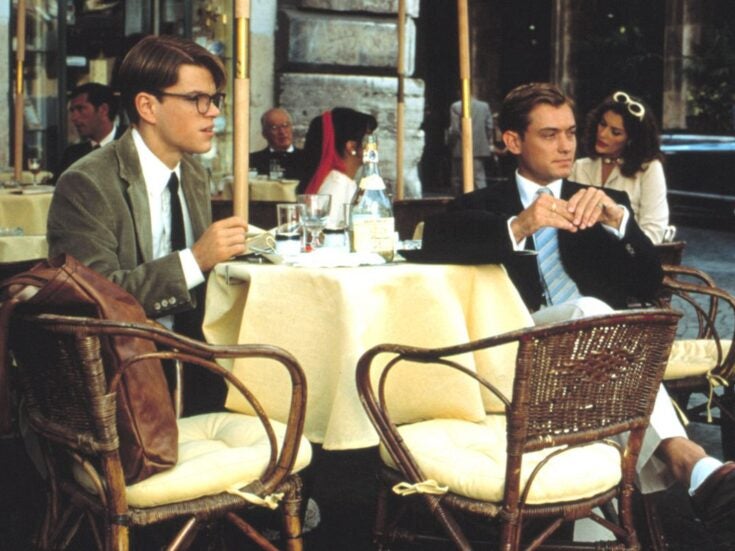His Excellency confirmed that the Cresta Club was very worried about the effects of global warming on the run. In 25 years’ time, Hedgehog suggested, we could be looking at the Cresta log flume.
By Josh Spero
To the Swiss ambassador’s residence last night to celebrate the 125th anniversary of the Cresta Run in St Moritz’s Upper Engadine Valley, that daring feat of toboganning which mixes high altitude with high society. As His Excellency Ambassador Lautenberg put it, the Cresta Run ‘is either an art or a science – it’s not a sport. It’s beyond that, it is the sublimation of sport.’
The specially-commissioned video certainly gave off a sublime aura: the Cresta Run herself narrated it, like something out of the Odyssey: ‘I am speed without engines/ Adventure without limits/ Ice‐cold, white, silent ‐ and virgin pure.’ I wonder if she says that while men do 54mph over her kilometre of curves. As a matter of fact, one Cresta grandee did remark that ‘you have to go down the run like you’re making love to a woman,’ so perhaps the voice is not so far off. (Click here for the whole script – it’s like poetry.)
The run is special because it is remade every year with wood and snow, rather than being a concrete structure which is just filled in annually. It has attracted generations of heroes, who have taken over 500,000 rides between them and sustained 28,000 falls, over a short season, only ten weeks from Christmastime (just in case you need to work off that turkey).
His Excellency confirmed to Hedgehog that the Cresta Club was very worried about the effects of global warming on the run: ‘The snow is getting thinner every year.’ He said that they were hoping to start building the run next week, but if worst came to worst, they could use artificially-cooled snow. In 25 years’ time, Hedgehog suggested, we could be looking at the Cresta log flume.
One part of the video which raised eyebrows was – among the captions listing the success of the Cresta Run by numbers – a title saying ‘Two World Wars’, followed by some stock footage of the Nazis. When it was pointed out that Switzerland’s role in both World Wars had been somewhat, um, absent, Brian Williamson, president of the St Moritz Toboganning Club, said that everyone had laughed when they had first seen that, wondering at its relevance. Another club grandee said it was included because the run had survived both wars, although the survival of a closed-down course in a neutral country is not perhaps the achievement it might have been.
What started as a sporting diversion for those in Switzerland to escape or recuperate from the vile diseases of nineteenth century England has turned into an institution which has endured much longer than the run itself, which melts back into its surroundings at the end of every season. And come Friday 18 December, the season begins again. (Click here for the calendar.)






